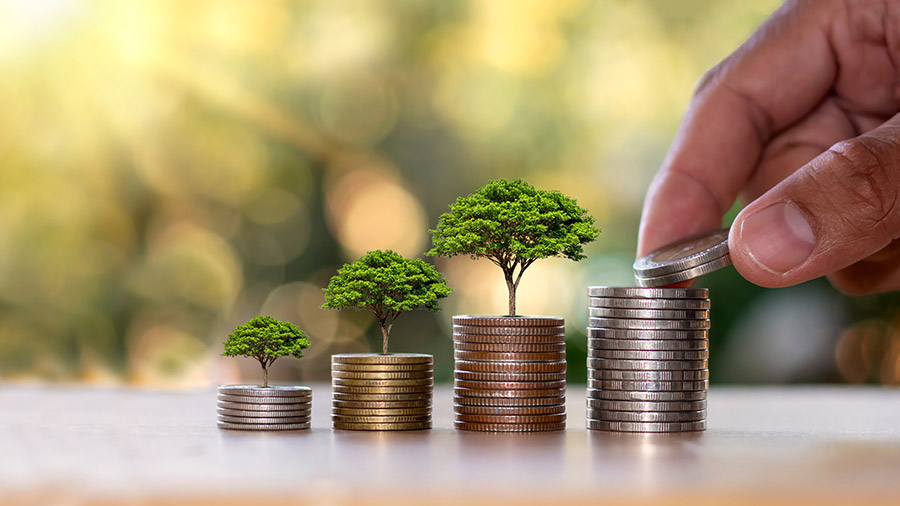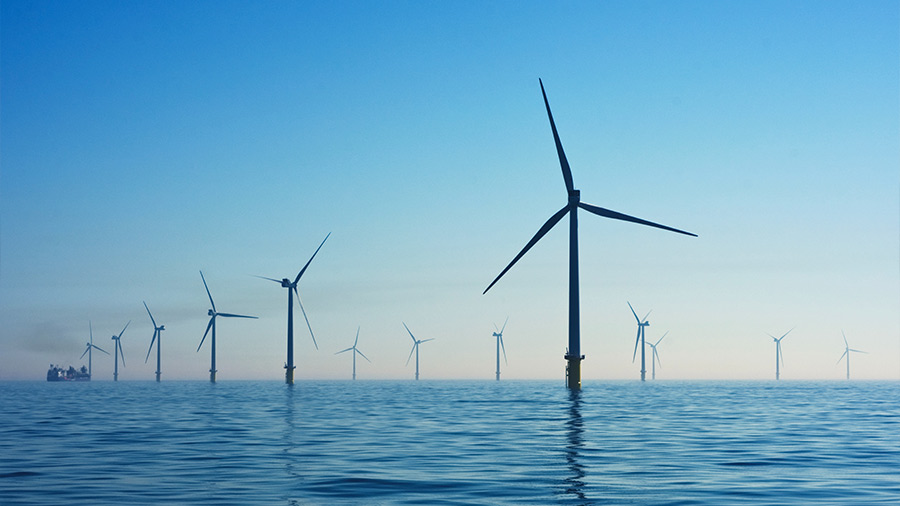Last week, Vietnam released its Resource Mobilisation Plan (RMP) for the Just Energy Transition Partnership it formed last year. But the RMP is just one pillar of a multifaceted approach to Vietnam’s green energy transition. In this article Vietnam Briefing looks at one other: the National Strategy on Green Growth Strategy.
Vietnam’s National Strategy on Green Growth Period 2021 to 2030, with a Vision to 2050 was approved by Vietnam’s Prime Minister in 2021 with Decision 1658/QD-TTg.
A core tenet of Vietnam’s approach to a more sustainable future for the Southeast Asian nation, it covers critical objectives and outlines several key targets. Broadly it provides a blueprint for restructuring Vietnam’s current growth model to achieve economic development and prosperity that is also environmentally sustainable and skewed toward social justice. In doing so, it is hoped that Vietnam will become a green, carbon-neutral economy.
Targets and objectives
To meet these broad objectives, the strategy lists several specific targets.
Greenhouse gas emissions
Greenhouse gas emissions are generally attributed the most responsibility for climate change. In this light, Vietnam has set the following targets:
- Greenhouse gas emissions relative to GDP by 2030 should be 15 percent lower than in 2014; and
- Greenhouse gas emissions relative to GDP by 2050 should be 30 percent lower than in 2014.
Energy production and consumption
Reducing the volume of greenhouse gases released into the atmosphere, however, will require both a reduction in the energy Vietnam uses and ensuring the energy it does consume has a minimal impact on the environment. In this respect, the National Green Growth Strategy outlines the following goals:
- Between 2021 and 2050, energy consumption relative to GDP should decrease by 1 percent to 1.5 percent per year.
- By 2030:
- Renewable energy should account for 15 to 20 percent of Vietnam’s energy supply;
- Forest cover should be stable at 42 percent; and
- 30 percent of irrigated crops should use advanced water-saving techniques.
- By 2050:
- Renewable energy should account for 25 to 30 percent of Vietnam’s energy; and
- 60 percent of irrigated crops should use advanced water-saving techniques.
Sustainable urban development
The National Green Growth Strategy also identifies key targets for the development of urban areas. These include:
- By 2030:
- About 95 percent of urban solid waste will be collected and treated;
- Only 10 percent of solid waste collected will be buried as opposed to treated;
- Urban wastewater treated to national standards will reach over 50 percent for grade 2 urban areas and 20 percent for the remaining urban areas;
- Public passenger transport in special urban areas and class I urban areas will reach 20 percent and 5 percent respectively;
- Buses using clean energy in special urban areas will reach at least 15 percent of the fleet and in class I urban areas 10 percent of new buses will be powered by clean energy;
- Green public procurement will reach 35 percent of total public procurement; and
- A minimum of 10 urban areas should have approved and implemented a green growth urban development project and be moving toward becoming sustainable smart cities.
- By 2050:
- All urban solid waste will be collected and treated;
- All urban areas will have complete drainage systems with flooding eliminated;
- Only 10 percent of solid waste collected will be buried as opposed to treated;
- All urban wastewater will be treated to national standards;
- Public passenger transport in special urban areas and class I urban areas will reach 40 percent and 15 percent respectively;
- Buses using clean energy in special urban areas will reach at least 100 percent of the fleet and in class I urban areas, 40 percent of new buses will be powered by clean energy;
- Green public procurement will reach 50 percent of total public procurement; and
- A minimum of 45 urban areas should have approved and implemented a green growth urban development project and be moving toward becoming sustainable smart cities.
Equality, inclusion, and resilience
The National Strategy on Green Growth also outlines several social justice goals. These include:
- By 2030:
- The human development index will be over 0.75;
- All provinces and cities will have provincial-level air quality management plans; and
- At least 70 percent of the population will be using clean water that meets national standards set by the Ministry of Health.
- By 2050:
- The human development index will be over 0.8; and
- At least 90 percent of the population will be using clean water that meets national standards set by the Ministry of Health.
Implementation
The National Action Plan on Green Growth
Vietnam’s National Green Growth Strategy is supported by the National Action Plan on Green Growth for the period 2021 to 2030. This was approved by the Prime Minister with Decision 882/QD-TTg in July, 2022.
The National Action Plan on Green Growth outlines in detail the specific tasks that need to be undertaken and by whom they should be undertaken in order to achieve the goals outlined in the National Green Growth Strategy.
This includes from where funds are expected to be mobilized whether that is the state budget, international assistance, commercial loans and private investments, or from the community and the private sector.
Circular 10/2023/TT-BKHDT
Issued by the Ministry of Planning and Investment on November 1 this year, Circular 10/2023/TT-BKHDT outlines the statistical indicators that will be used to measure the impacts of the Nation Green Growth Strategy.
This circular breaks down the National Green Growth Strategy into four key goals:
- Goal 1: Greenhouse gas emissions reduction.
- Goal 2: Green economic reforms by sector.
- Goal 3: Urban development and sustainable consumption.
- Goal 4: Equality, inclusion, and resilience.
The circular goes on to detail key metrics to be used to measure each goal and details the formulas to be used to calculate and measure outcomes.
The National Green Growth Strategy moving forward
Ensuring Vietnam’s economic development is environmentally friendly and sustainable, and that the country meets its net-zero goals, will require both domestic and international support, financing from a broad range of financiers, and strategy and planning in order to bring it all together.
With this in mind, an understanding of the Green Growth Strategy, its targets, and how Vietnam intends to achieve those targets may be key to understanding where the most effective areas in which to invest will be.
Whereas this article discusses the broad strokes, foreign firms interested in more detailed support towards meeting their sustainability obligations in Vietnam should contact the business advisory experts at Dezan Shira and Associates.







